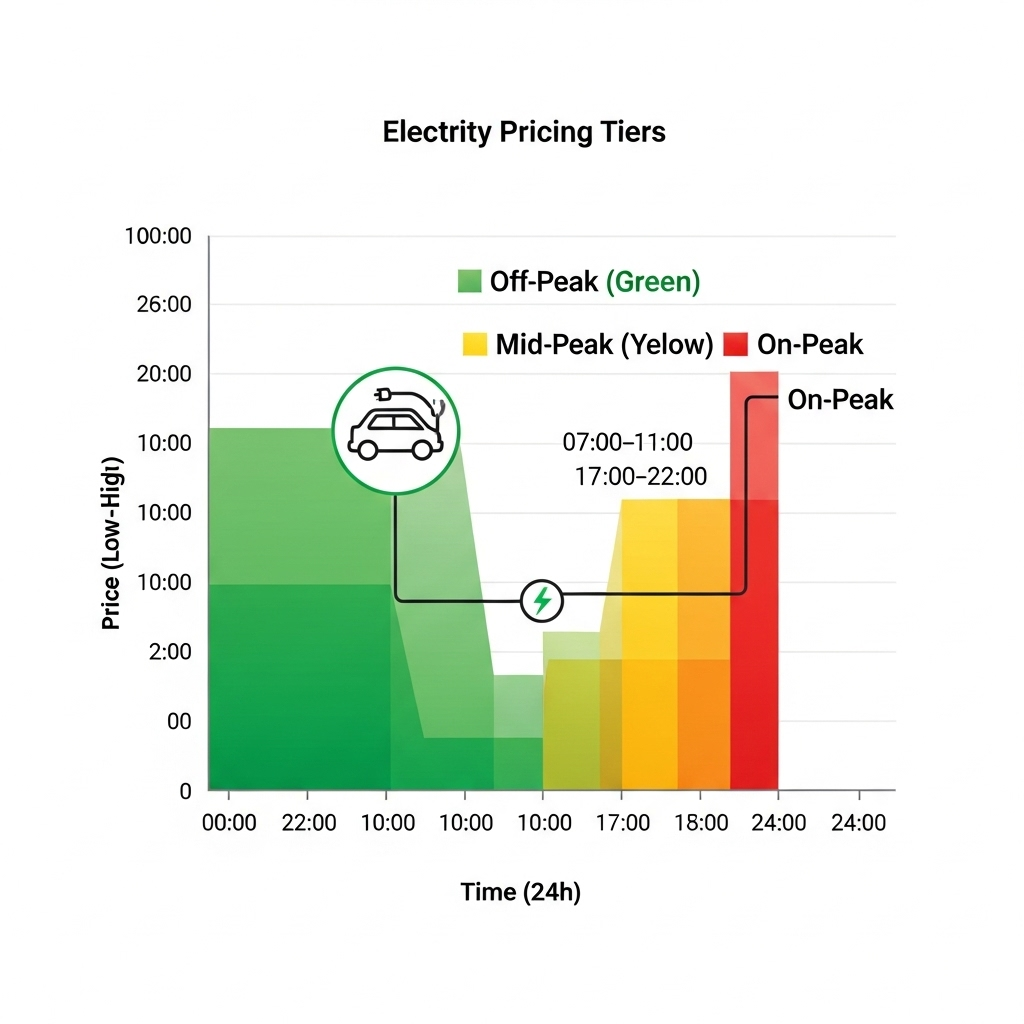The rapid expansion of solar photovoltaic (PV) capacity is a major step toward a sustainable energy future. Yet, connecting this vast new power source to existing electrical grids presents significant technical and logistical hurdles. As solar generation grows, so does the complexity of maintaining a stable and reliable power supply. In response, a new trend is gaining momentum: international agreements and collaborative solar initiatives designed specifically to streamline and accelerate PV interconnection.
These global pacts are not just about policy; they are creating tangible frameworks for technology sharing, investment, and coordinated grid management. By working together, nations are finding effective ways to overcome the challenges of integrating variable renewable energy, paving the way for a more resilient and interconnected global power network.
The Growing Need for Enhanced PV Interconnection
Integrating large amounts of solar power into an electrical grid is more complex than simply adding a new power plant. The variable nature of solar energy introduces new dynamics that grid operators must manage carefully.
The Challenge of Variable Renewable Energy (VRE)
Solar and wind are classified as Variable Renewable Energy (VRE) sources because their output fluctuates based on weather conditions. According to a report from the International Energy Agency, Integrating Solar and Wind, high shares of VRE can introduce stability challenges. One such issue is the reduction of system inertia. Traditional power plants with large rotating generators naturally resist changes in frequency, providing inertia. In contrast, inverter-based resources like solar PV do not inherently provide this stability. Another challenge is the weakening of the voltage waveform, which most grid-connected resources need as a reference to synchronize their output.
Why Interconnection Is the Solution
PV interconnection on a larger, often cross-border, scale is a powerful solution to VRE variability. When one region's solar production dips due to cloud cover, another region with clear skies can compensate. This geographic smoothing effect makes the overall power supply more consistent and predictable. Stronger interconnections enable greater flexibility, allowing grid operators to balance supply and demand over wider areas and reduce the need for costly backup power plants. This collaborative approach enhances regional energy security and maximizes the use of available renewable resources.
Key International Agreements Driving Solar Integration
Governments and regional bodies are increasingly recognizing the power of collaboration. Several key international agreements now serve as blueprints for accelerating PV interconnection and fostering shared energy goals.
Bilateral and Multilateral Partnerships
Strategic partnerships between nations are proving instrumental. For instance, the US-India Strategic Clean Energy Partnership, formed in 2021, provides a framework for technical and financial collaboration. This has led to significant loans for constructing solar cell and module manufacturing facilities in India. Similarly, as detailed in the IEA's Energy Technology Perspectives 2024, the long-standing partnership between Japan and Brazil was recently strengthened to include a focus on sustainable energy. These agreements facilitate the flow of capital and technology needed to build robust solar supply chains and grid infrastructure.
Regional Initiatives: The ASEAN Example
Regional blocs are also creating powerful frameworks. The ASEAN Plan of Action for Energy Cooperation (APAEC) and the associated ASEAN Power Grid (APG) initiative are prime examples. The Southeast Asia Energy Outlook 2024 highlights that the APG aims to create a fully connected regional grid. This initiative supports greater energy security and allows for a higher integration of renewables by enabling member states to share power resources efficiently. The APG demonstrates how a coordinated, multi-stakeholder approach can accelerate progress on a continental scale.
Export-Driven Solar Growth
The drive to export clean energy is another factor pushing interconnection forward. The IEA's Renewables 2024 report notes that countries like Morocco and Saudi Arabia are exploring new interconnections to supply renewable electricity to international markets. Rising demand in Europe for low-emissions products is a key driver, prompting industrial consumers to secure clean power through Power Purchase Agreements (PPAs) or by generating their own. This market-based demand creates a strong financial incentive for building out large-scale solar projects and the transmission lines to support them.
Technical Solutions for Interconnection Challenges
Policy and agreements create the opportunity, but technology provides the means. Advanced inverters, energy storage, and smart grid management are the technical pillars that make large-scale PV interconnection feasible and reliable.
Grid-Forming vs. Grid-Following Inverters
A key technical shift is the move toward grid-forming inverters. Most conventional solar inverters are 'grid-following,' meaning they rely on the stable frequency and voltage of the existing grid to operate. As the share of inverter-based resources grows, the grid itself can become less stable. Grid-forming inverters, however, can create their own voltage and frequency reference, effectively mimicking the stabilizing behavior of traditional generators. This capability is critical for maintaining grid stability in systems with very high levels of renewable energy penetration.
The Role of Energy Storage Systems (ESS)
Energy Storage Systems (ESS) are a cornerstone of modern grid management. By storing excess solar energy generated during peak sun hours and releasing it during the evening or on cloudy days, ESS directly solves the problem of intermittency. Advanced systems using high-performance Lithium Iron Phosphate (LiFePO4) batteries offer a safe, reliable, and scalable solution for both residential and utility-scale applications. They can provide rapid frequency response, voltage support, and backup power, which are all vital functions for a stable, interconnected grid. Understanding the capabilities of these systems is important; for those interested, there is valuable information available that details the performance metrics of solar storage solutions, including efficiency and cycle life.
VRE Integration Phases and Solutions
The IEA has developed a framework outlining the typical challenges and solutions at different phases of VRE integration. This provides a clear roadmap for policymakers and grid operators.
| Integration Phase | VRE Share of Annual Generation | Primary Challenge | Common Solutions |
|---|---|---|---|
| Phase 1 | Under 3% | Minimal operational impact | Standard grid operations |
| Phase 2 | 3% - 15% | Local voltage and thermal issues | Improved forecasting, demand-side response |
| Phase 3 | 15% - 25% | Increasing net load variability | Flexible generation, stronger interconnection |
| Phase 4 | 25% - 50% | System-wide flexibility becomes critical | Advanced energy storage, grid-forming inverters |
| Phase 5 | 50% - 75% | Significant reduction in system inertia | Synchronous condensers, large-scale storage |
| Phase 6 | Over 75% | Seasonal supply and demand imbalances | Long-duration storage, renewable hydrogen |
Disclaimer: This article is for informational purposes only and does not constitute financial or investment advice. Consult with a qualified professional before making any investment decisions.
A Forward Look at Global Solar Collaboration
The path toward a globally interconnected, solar-powered grid is paved with collaboration. International pacts are breaking down political and financial barriers, while technological advancements are solving the core technical challenges. Harmonizing policies, standardizing technologies, and investing in shared infrastructure are the next logical steps. These efforts are not just about building a more resilient grid; they are about creating a collective framework for energy independence, where nations can rely on a diverse and distributed network of clean energy resources. The future of energy is not isolated—it is connected.
Frequently Asked Questions
What is PV interconnection?
PV interconnection is the process of connecting a solar photovoltaic (PV) system to the electrical grid. This allows the energy generated by solar panels to be used to power homes and businesses, with any excess power being sent back to the grid for others to use.
Why are international agreements important for solar energy?
International agreements are crucial for accelerating solar adoption on a global scale. They facilitate cross-border investment, promote the sharing of advanced technologies, and help create standardized regulations. This collaboration makes it easier and more cost-effective to build large-scale solar projects and the transmission infrastructure needed to connect them.
What are the main challenges of PV interconnection?
The primary challenges stem from the variable nature of solar power. These include maintaining grid stability as solar generation fluctuates, managing voltage and frequency, and ensuring there is enough power available when the sun is not shining. These issues become more pronounced as the percentage of solar power on the grid increases.
How does energy storage help with PV interconnection?
Energy storage systems, such as batteries, play a vital role by absorbing excess solar energy during sunny periods and discharging it when demand is high or solar generation is low. This smooths out the variability of solar power, enhances grid stability, provides backup power, and makes the overall energy supply more reliable and predictable.





Leave a comment
All comments are moderated before being published.
This site is protected by hCaptcha and the hCaptcha Privacy Policy and Terms of Service apply.